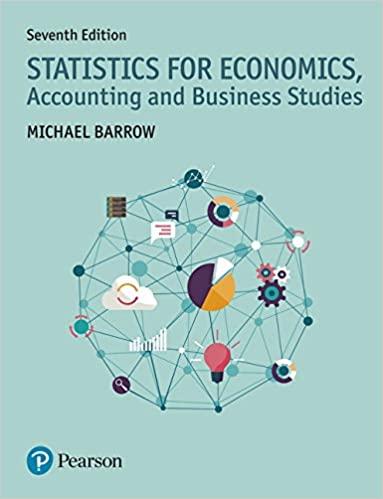

Value-Stream Average Costing, DBC, ABC Costs as Benchmarks A value stream has three activities and two products. The units produced and shipped per week are 50 of the deluxe model (Model A) and 250 of the basic model (Model B). The cycle time for Model A is four hours and that of Model B is three hours. The resource consumption patterns are shown as follows: Costs of Value- Model A Model B Stream Activities Cell manufacturing 2,500 min. 7,500 min. $ 150,000 Engineering 55 hrs. 255 hrs. 40,300 Testing 100 hrs. 200 hrs. 27,600 Total $ 217,900 Required: 1. Calculate the ABC product cost for Models A and B. If required, round your answers to the nearest cent. Product Cost Per Unit Model A $ per unit Model B per unit 2a. Calculate the value-stream average product cost. If required, round your answer to the nearest cent. $C per unit 2b. Assuming reasonable stability in the consumption patterns of the products and product mix, assess how well the products are grouped based on similarity. The two value-stream products are similar The two value-stream products are not similar Not enough information is given to answer DBC. Round intermediate calculations and your answers to the nearest cent if 3. Calculate the unit cost of each product using DBC. Round intermediate calculations and your answers to the nearest cent if rounding is required. Product Cost Per Unit Model A per unit Model B per unit How does this compare with the ABC unit costs? Which of the three costing methods would you recommend, and why? The DBC unit costs are both to the ABC unit costs. This suggests that, in the presence of heterogeneity, using DBC for costing. costing is better than 4. Identify the data analytic types (descriptive, diagnostic, predictive, and prescriptive) that apply for each of the following: Note : See Exhibits 2.5 and 2.6, for a review of data analytic types. a. The calculation of the unit costs by each of the three analytic costing methods. b. Assessing how well the products are grouped based on similarity. c. Comparison of DBC unit costs with ABC unit costs. d. Recommending and explaining which costing method should be used. Value-Stream Average Costing, DBC, ABC Costs as Benchmarks A value stream has three activities and two products. The units produced and shipped per week are 50 of the deluxe model (Model A) and 250 of the basic model (Model B). The cycle time for Model A is four hours and that of Model B is three hours. The resource consumption patterns are shown as follows: Costs of Value- Model A Model B Stream Activities Cell manufacturing 2,500 min. 7,500 min. $ 150,000 Engineering 55 hrs. 255 hrs. 40,300 Testing 100 hrs. 200 hrs. 27,600 Total $ 217,900 Required: 1. Calculate the ABC product cost for Models A and B. If required, round your answers to the nearest cent. Product Cost Per Unit Model A $ per unit Model B per unit 2a. Calculate the value-stream average product cost. If required, round your answer to the nearest cent. $C per unit 2b. Assuming reasonable stability in the consumption patterns of the products and product mix, assess how well the products are grouped based on similarity. The two value-stream products are similar The two value-stream products are not similar Not enough information is given to answer DBC. Round intermediate calculations and your answers to the nearest cent if 3. Calculate the unit cost of each product using DBC. Round intermediate calculations and your answers to the nearest cent if rounding is required. Product Cost Per Unit Model A per unit Model B per unit How does this compare with the ABC unit costs? Which of the three costing methods would you recommend, and why? The DBC unit costs are both to the ABC unit costs. This suggests that, in the presence of heterogeneity, using DBC for costing. costing is better than 4. Identify the data analytic types (descriptive, diagnostic, predictive, and prescriptive) that apply for each of the following: Note : See Exhibits 2.5 and 2.6, for a review of data analytic types. a. The calculation of the unit costs by each of the three analytic costing methods. b. Assessing how well the products are grouped based on similarity. c. Comparison of DBC unit costs with ABC unit costs. d. Recommending and explaining which costing method should be used








